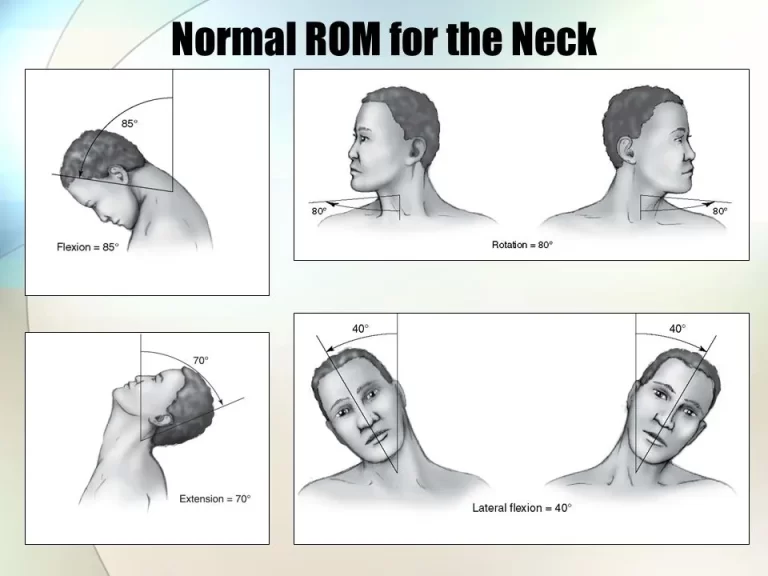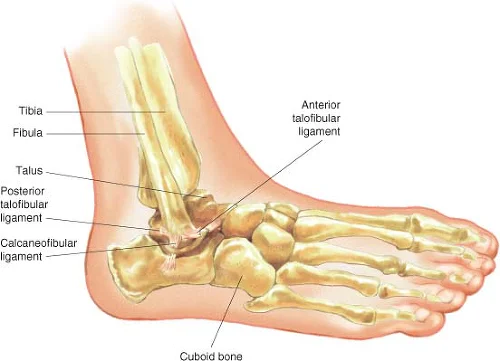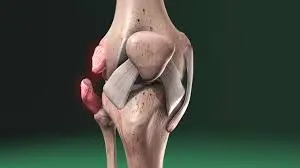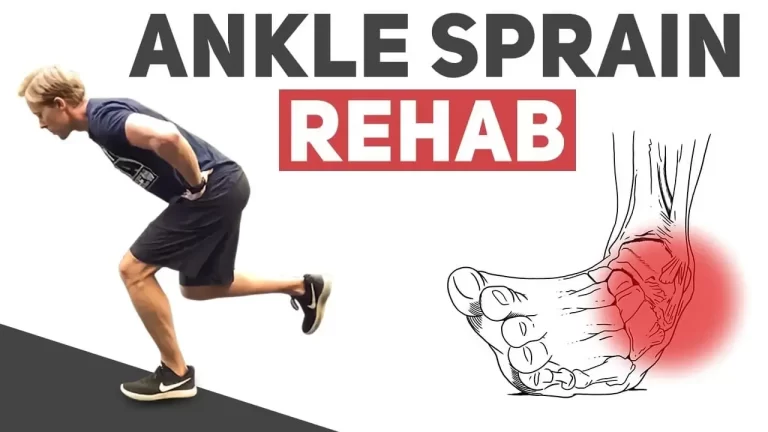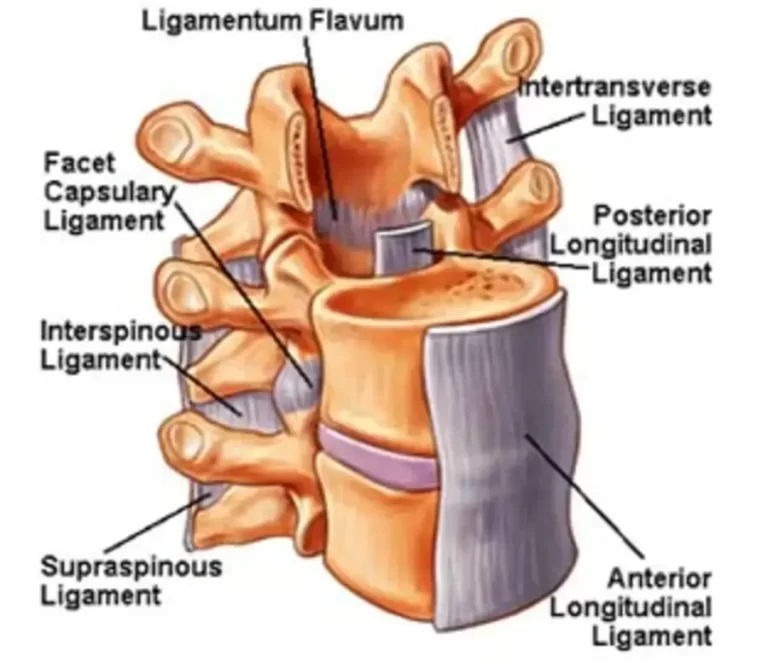20 Best Exercises for Total Hip Replacement
Total hip replacement requires a structured exercise routine to regain strength, mobility, and stability. Key exercises focus on a gentle range of motion, muscle strengthening, and balance to support recovery. Always follow medical advice and progress gradually to ensure safe rehabilitation. Introduction: The pelvis, which is composed of the ischium, pubis, and ilium, and the…




